Machine learning vs deep learning vs neural networks: What’s the difference?
These three subdivisions of AI pose different opportunities for businesses

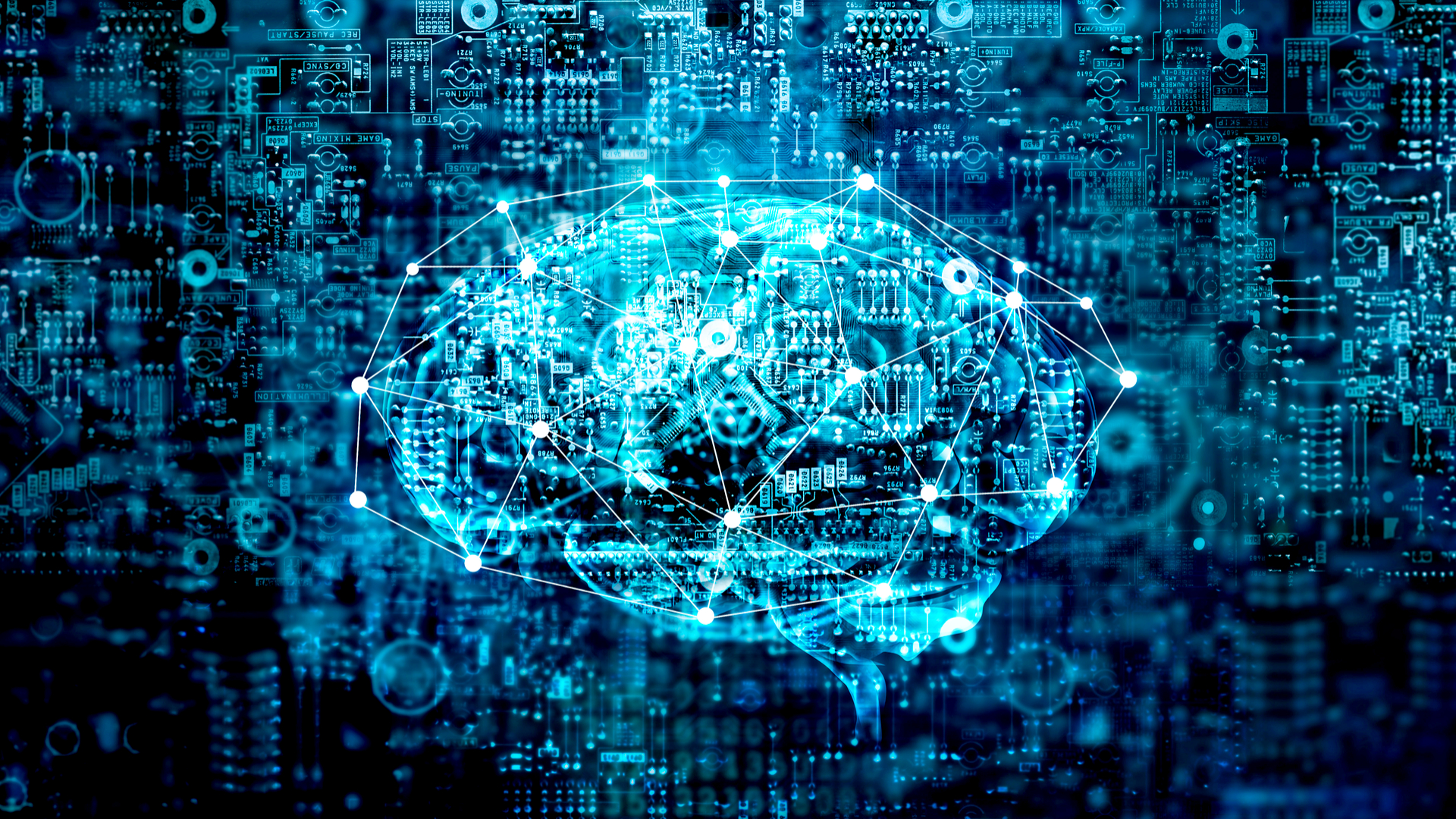
The terms machine learning and deep learning can seem interchangeable to most people, but they aren’t. Both considered subdivisions within the world of artificial intelligence (AI), the two have many differences, especially in the architecture and use cases.
Machine learning, for instance, uses structured data and algorithms to train models, with the more data at disposal generally equating with more accurate and better trained models. The idea is to eliminate the need for human intervention. Deep learning, on the other hand, is a subset of machine learning and uses neural networks to imitate the way humans think, meaning the systems designed require even less human intervention.
Differentiating the two, in this way, is crucial to AI research and practical application of both, particularly as businesses attempt to integrate such technologies into their core processes, and recruit for skilled individuals to fill technical roles.
What is machine learning?
The chances are that you’ve probably used an application or system built on machine learning. Whether you’ve interacted with a chatbot, utilized predictive text, or gone to watch a show after Netflix recommended it to you, machine learning was likely at the core of these systems. Machine learning is a subset of AI, and a blanket term used to define machines that learn from datasets.
Using structured data that comes in the form of text, images, numbers, financial transactions, and many other things, machine learning can replicate the process of human learning. Collected data is used as training material to direct the machine learning model. Theoretically, the greater the volume of data that is used, the higher the quality of the model. Machine learning is all about allowing computers to self-program via training datasets and infrequent human interventions.
Supervised learning, semi-supervised learning, unsupervised learning, and reinforcement learning are all differing strands of machine learning processes.
The first of these techniques, supervised learning, involves machine learning scientists feeding labeled training data into algorithms to clearly define variables. This is so that the algorithm can start to understand connections. In contrast, unsupervised learning uses unlabelled data and allows the algorithms to actively search for relationships and connections. Acting as the logical midpoint between these processes, semi-supervised learning aids the model’s own comprehension of the data. Reinforcement learning, on the other hand, works by letting a machine complete a set of decisions for the purpose of achieving an objective in an unknown environment.
Sign up today and you will receive a free copy of our Future Focus 2025 report - the leading guidance on AI, cybersecurity and other IT challenges as per 700+ senior executives
What is deep learning?
RELATED WHITEPAPER

A subset of machine learning, deep learning deploys systems of artificial neural networks to mimic the cognitive operations of the human mind.
A lack of sufficient compute power has, until now, created barriers to neural network learning capabilities. Huge strides in big data analytics have changed the landscape significantly, with larger and more complex neural networks now able to take form. This means that machines can now understand, learn, and react to complex scenarios quicker than human beings.
These neural networks are constructed in layers and designed to enable the transmission of data from node to node, much like neurons in the brain. Vast datasets are required to build these models but, once they’ve been constructed, they can give users instant results with little needed in the way of human intervention. There are many, varied ways in which deep learning can be performed.
Convolutional Neural Networks (CNNs): These comprise multiple layers and are mostly used for image processing and object detection.
Recurrent Neural Networks (RNNs): These are types of artificial neural network that use sequential data or time series data. They are frequently used in problems, such as language translation, natural language processing (NLP), speech recognition, and image captioning.
Long Short-Term Memory Networks (LSTMs): These are types of Recurrent Neural Network (RNN) that can learn and remember long-term dependencies. They can be useful for complex problem domains like machine translation, speech recognition, and more.
Generative Adversarial Networks (GANs): These are generative deep learning algorithms that produce new data instances that look like the training data. It comprises two parts; a generator, which learns to generate false data, and a discriminator, which learns from that fake information. These networks have been used to produce fake images of people who have never existed as well as new and unique music.
Radial Basis Function Networks (RBFNs): These networks have an input layer, a hidden layer, and an output layer and are typically used for classification, regression, and time-series predictions.
Multilayer Perceptrons (MLPs): These are a type of feedforward (this means information moves only forward in the network) neural networks. These have an input layer and an output layer that are fully connected. There may also be hidden layers. These are used in speech-recognition, image-recognition, and machine-translation software.
Deep Belief Networks (DBNs): This looks like another feedforward neural network with hidden layers, but isn’t. These are a sequence of restricted boltzmann machines which are sequentially connected. These are used to identify, gather and generate images, video sequences and motion-capture data.
What are the major differences between machine learning and deep learning?
Despite the frequent confusion about their similarities, deep learning is very much a subset of machine learning. Deep learning, however, is differentiated from its counterpart by the data types it interacts with and the ways in which it can learn.
Machine learning uses structured, labelled data to predict outcomes. This means a machine learning model’s input data defines specific features and is organised into tables. While it gets progressively better at carrying out the task in hand, there still requires there to be a human to intervene at points to ensure the model is working in the required way. In other words, if the predictions are not accurate, an engineer will make any adjustments needed to get back on track.
RELATED RESOURCE
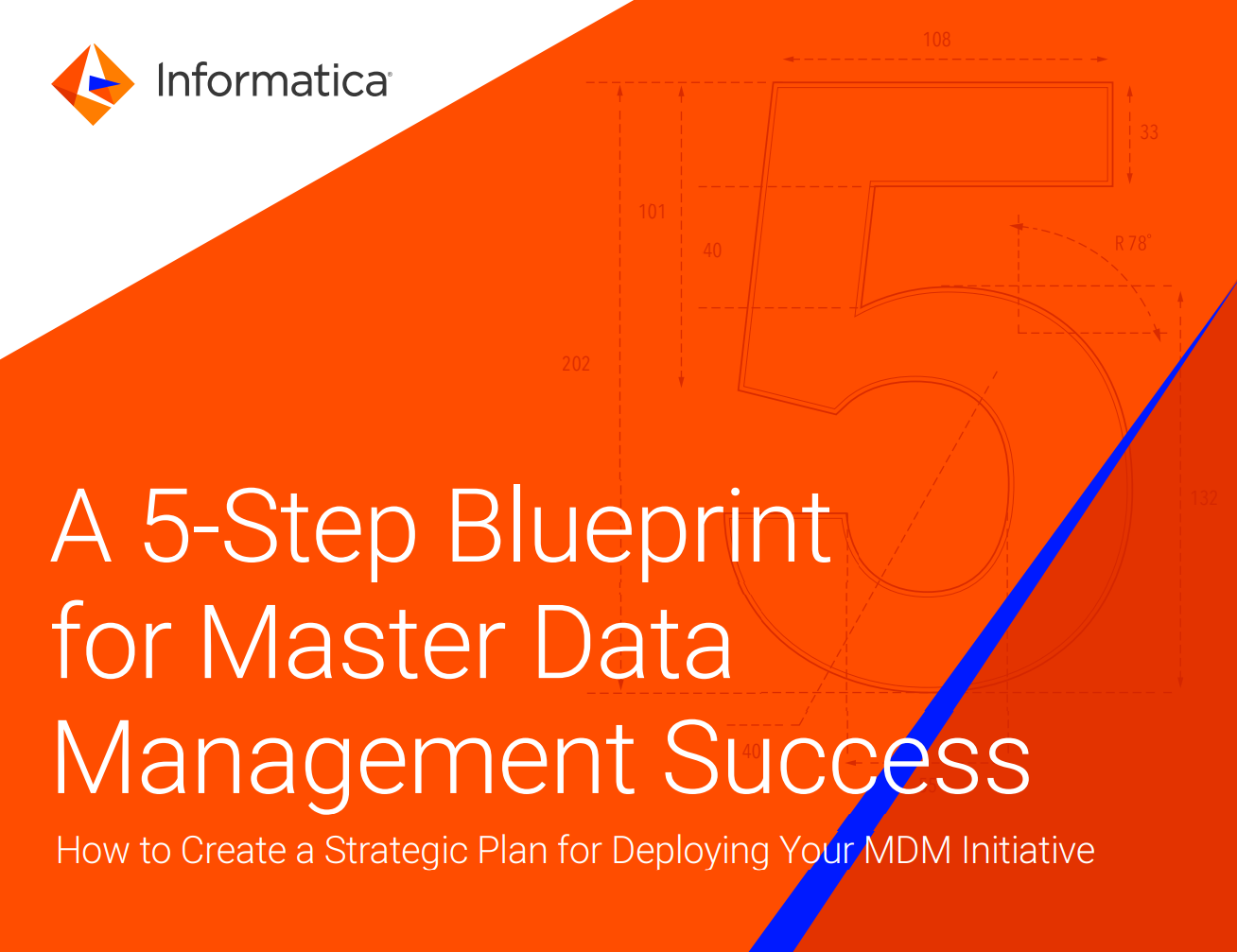
A five step blueprint for master data management success
How to create a strategic plan for deploying your MDM initiative
That being said, deep learning systems involve algorithms that can autonomously decide on the accuracy of their predictions. This works via the presence of neural networks in deep learning models.
Another difference is that where machine learning can use small amounts of data to make predictions, deep learning needs much, much more data to make more accurate predictions.
While machine learning needs little time to train – typically a few seconds to a few hours – deep learning takes far longer as the algorithms used here involve many layers.
Outputs also differ between the two. Machine learning tends to output numerical values, such as a score or classification, while deep learning can output in multiple formats, such as text, scores, or even sounds and images.
What are the different uses and applications of machine learning vs deep learning?
Machine learning is already in use in a variety of areas that are considered part of day-to-day life, including on social media, on email platforms and, as mentioned, on streaming services like Netflix. These types of applications lend themselves well to machine learning, because they’re relatively simple and don’t require vast amounts of computational power to process complicated decision-making.
Among some of the more complex uses of machine learning are computer vision, such as facial recognition, where technology can be used to recognise people in crowded areas. Handwriting recognition, too, can be used to identify an individual from documents that are scanned en masse. This would apply, for example, to academic examinations, police records, and so on. Speech recognition, meanwhile, such as those used in voice assistants are another application of machine learning.
Because of the nature of deep learning, on the other hand, this technology allows for far more complex decision-making, and near-fully autonomous systems, including robotics and autonomous vehicles.
Deep learning also has its uses in image recognition, where massive amounts of data is ingested and used to help the model tag, index, and annotate images. Such models are currently in use for generating art, in systems like DALL·E. Similarly to machine learning, deep learning can be used in virtual assistants, in chat bots, and even in image colorisation. Deep learning has also had a particularly exciting impact in the field of medicine, such as in the development of personalised medicines created for somebody’s unique genome.
Rene Millman is a freelance writer and broadcaster who covers cybersecurity, AI, IoT, and the cloud. He also works as a contributing analyst at GigaOm and has previously worked as an analyst for Gartner covering the infrastructure market. He has made numerous television appearances to give his views and expertise on technology trends and companies that affect and shape our lives. You can follow Rene Millman on Twitter.
-
 I couldn’t escape the iPhone 17 Pro this year – and it’s about time we redefined business phones
I couldn’t escape the iPhone 17 Pro this year – and it’s about time we redefined business phonesOpinion ITPro is back on smartphone reviews, as they grow more and more intertwined with our work-life balance
-
 The gig economy: Past, present, and future
The gig economy: Past, present, and futureFeature The rise of the gig economy represents a new era of flexible working despite being plagued with controversies
-
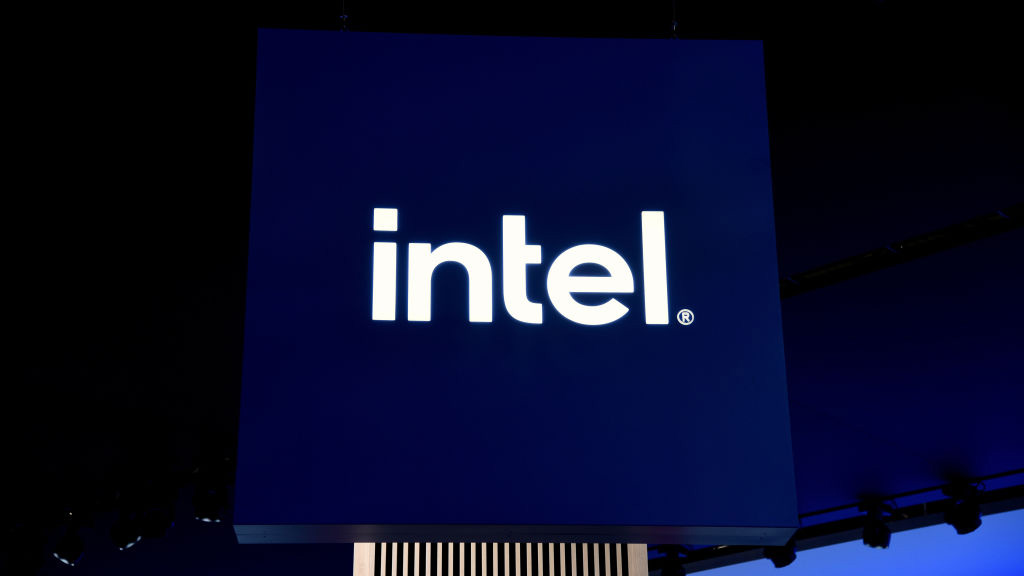 Intel targets AI hardware dominance by 2025
Intel targets AI hardware dominance by 2025News The chip giant's diverse range of CPUs, GPUs, and AI accelerators complement its commitment to an open AI ecosystem
-
 Calls for AI models to be stored on Bitcoin gain traction
Calls for AI models to be stored on Bitcoin gain tractionNews AI model leakers are making moves to keep Meta's powerful large language model free, forever
-
 Why is big tech racing to partner with Nvidia for AI?
Why is big tech racing to partner with Nvidia for AI?Analysis The firm has cemented a place for itself in the AI economy with a wide range of partner announcements including Adobe and AWS
-
 Baidu unveils 'Ernie' AI, but can it compete with Western AI rivals?
Baidu unveils 'Ernie' AI, but can it compete with Western AI rivals?News Technical shortcomings failed to persuade investors, but the company's local dominance could carry it through the AI race
-
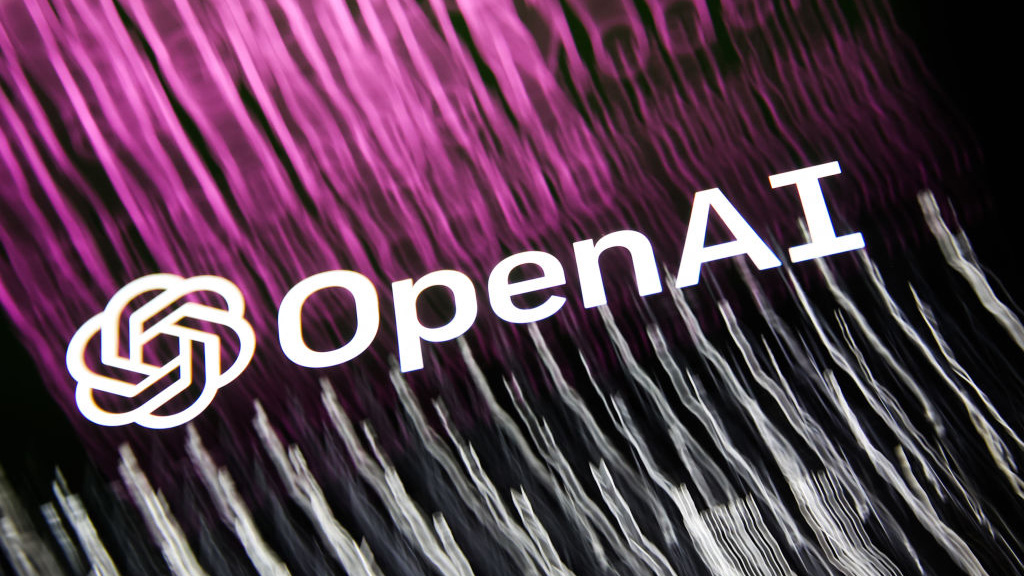 OpenAI announces multimodal GPT-4 promising “human-level performance”
OpenAI announces multimodal GPT-4 promising “human-level performance”News GPT-4 can process 24 languages better than competing LLMs can English, including GPT-3.5
-
 ChatGPT vs chatbots: What’s the difference?
ChatGPT vs chatbots: What’s the difference?In-depth With ChatGPT making waves, businesses might question whether the technology is more sophisticated than existing chatbots and what difference it'll make to customer experience
-
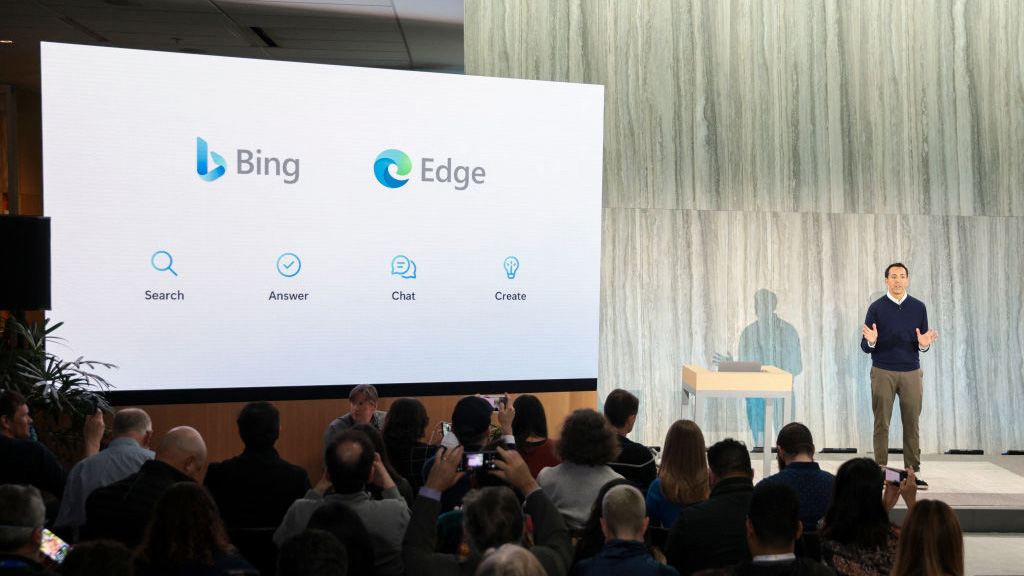 Bing exceeds 100m daily users in AI-driven surge
Bing exceeds 100m daily users in AI-driven surgeNews A third of daily users are new to the past month, with Bing Chat interactions driving large chunks of traffic for Microsoft's long-overlooked search engine
-
 OpenAI launches ChatGPT API for businesses at competitive price
OpenAI launches ChatGPT API for businesses at competitive priceNews Developers can now implement the popular AI model within their apps using a few lines of code
